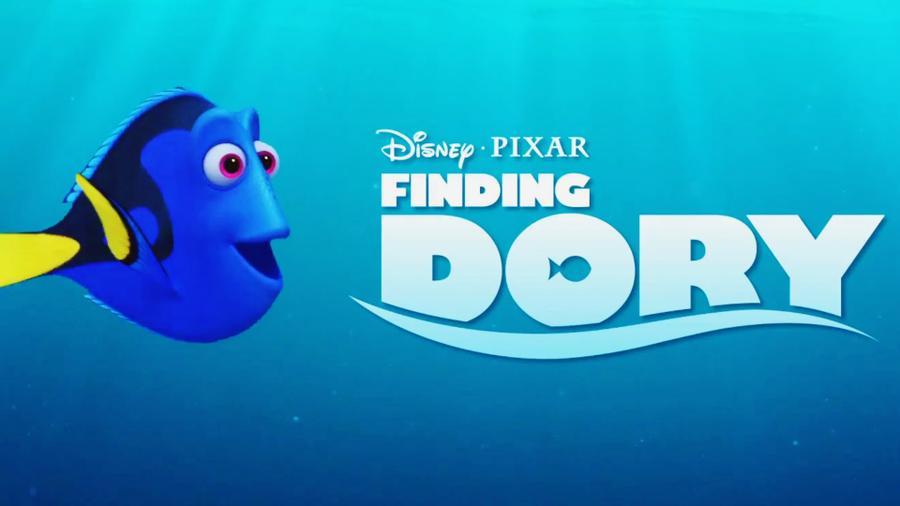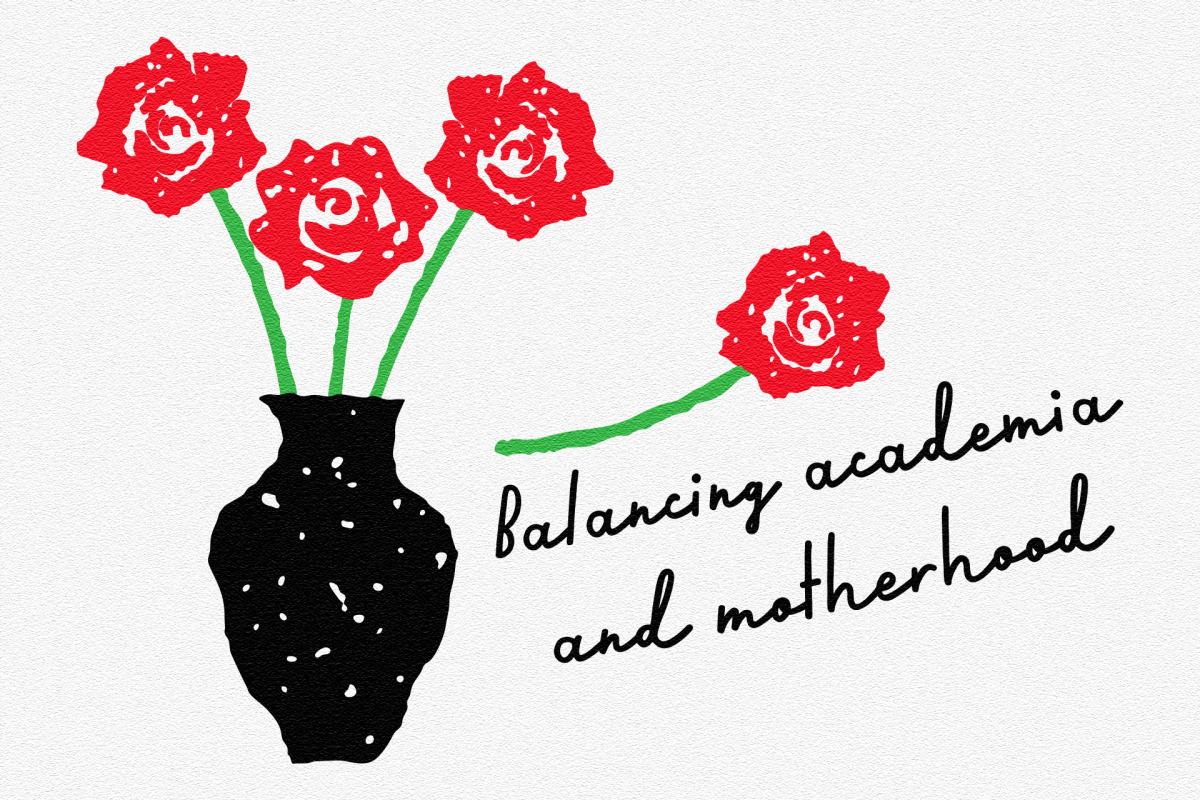“Finding Dory” pales in comparison to its predecessor.
After all, “Finding Nemo” became an instant classic upon its release in 2003. The original is still fondly remembered for its bright animation, deeply resonating themes and, most importantly, a compelling underwater adventure with comical secondary characters.
But Pixar’s latest sequel is still good in its own right. Co-directed by Andrew Stanton and Angus MacLane, “Finding Dory” is an emotional journey that entertains along the way.
Roughly one year after rescuing Nemo (Hayden Rolence) in the original, Dory (Ellen DeGeneres) has moved into the Great Barrier Reef, living alongside Marlin (Albert Brooks) and Nemo. However, Dory’s high-energy spirit and short-term memory loss make her a burdensome responsibility for Marlin. In fact, she seems to be treated like a child with special needs, rather than the lovable sidekick and friend from the original.
On a field trip with Nemo’s class, Dory accidentally falls into an undercurrent, which jogs her long-lost memory. She cannot recall the specific details, but is very certain of two things: She lost her parents and she deeply misses them. Thus, the trio embarks on another trans-ocean quest to find Dory’s parents.
While the underwater adventure was central to the successes of “Finding Nemo,” the vast ocean plays a very small role in the sequel’s emotional journey. In fact, most of “Finding Dory” occurs in the above-water aquarium in California where Dory lost her parents. Imagine a streamlined version of the original in which Marlin and Dory quickly arrive in Sydney only to spend two-thirds of the film’s runtime navigating the harbor to locate Nemo; for better or worse, that’s “Finding Dory” in a nutshell.
At times, this above-ground trip is a welcome journey. It introduces a handful of charming characters, including an antisocial octopus, lethargic sea lions, enclosed whales and one lonely giant clam. The concussed beluga whale, Bailey (Ty Burrell), is especially uproarious as he rediscovers his ability of echolocation. Moreover, the aquarium setting opens the film to new, hilarious scenarios like a kid’s touch-pool which proves to be surprisingly terrifying.
However, leaving the vastness of “Finding Nemo’s” ocean sucks some of the life and energy from “Finding Dory.” Dory and Marlin’s improbable journey across the ocean in which they encountered unfamiliar friends and enemies elevated the adventure at the heart of the original, whereas “Finding Dory’s” above-water antics often feel like a collection of zany predicaments rather than one consistent, continuous journey.
Combine that issue with the movie-stopping flashbacks that Dory experiences throughout the film and the result is an awkwardly paced film. Of course, flashbacks can be useful narrative devices. But they also run the risk of impeding the rhythm of the movie. Dory’s flashbacks do just that, cutting the energy and suspense of various scenes.
Although it may have its flaws, “Finding Dory” is still an emotionally affecting movie. At the heart of this is Dory, voiced terrifically by Ellen DeGeneres. Ranging from manic highs to poignant lows, DeGeneres never misses a beat. Dory could easily be played as absurdly cartoonish, but DeGeneres’ evocative performance renders her a surprisingly relatable humanity for such a comically forgetful fish.
“Finding Dory” was never going to be as enthralling as the underwater adventure of “Finding Nemo,” especially not after leaving the ocean. But for as much as it lacks the adventurous charm of the original, this sequel still boasts the hilarity and emotional underpinnings of “Finding Nemo.”
**MOVE gives “Finding Dory” 3.5 out of 5 stars.**





